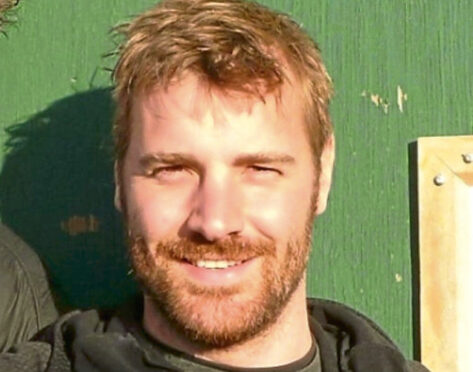
Scotland’s seas cannot handle the current level of industrial-scale fishing, sewage and pollution discharge, a leading scientist has warned.
Dr Sam Collin, Living Seas Manager for the Scottish Wildlife Trust, said our waters have “never been in a poorer state of health” and action was needed to secure their recovery.
His message has been timed to coincide with this year’s National Marine Week, which runs until August 8.
“The seas around Scotland play a central role in our everyday lives. Whether you live in the middle of Stirling or on the coast of the Outer Hebrides, the marine environment is ever-present: from the food we eat and the jobs we do, to the way we heat our homes and where we choose to go on holiday. As a maritime nation, the close and entwined connection we have with the sea is fundamental,” he said.
“While this close relationship has proven highly beneficial to our society, culture and economy, we cannot forget this relationship works in two directions,” he said.
“To ensure our prosperous relationship with the sea continues into the future, it is essential that the sea is healthy. In fact, the healthier the sea, the more prosperous our relationship. We have a national duty to ensure that our seas are cleaner, healthier, and more productive.”
To achieve this, the Scottish Wildlife Trust teamed up with fellow organisations in Scottish Environment LINK to develop its Ocean Recovery Plan, which sets out a course to ocean recovery by 2030.
The plan contains five actions to deliver healthier seas with legally-binding targets for ocean recovery.

Enjoy the convenience of having The Sunday Post delivered as a digital ePaper straight to your smartphone, tablet or computer.
Subscribe for only £5.49 a month and enjoy all the benefits of the printed paper as a digital replica.
Subscribe